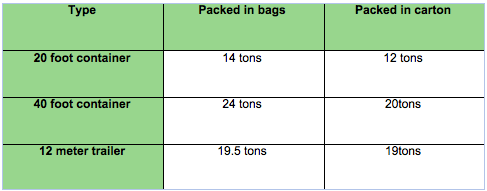The aflatoxins are a group of chemically similar toxic fungal metabolites (mycotoxins) produced by certain moulds of the genus Aspergillus growing on a number of raw food commodities. Aflatoxins are highly toxic compounds and can cause both acute and chronic toxicity in humans and many other animals. Pistachios are the main source of human dietary aflatoxins from tree nuts worldwide. Over 120 countries have regulations for maximum allowable aflatoxin levels in food commodities.
An efficient monitoring system for sampling, analyzing and issuing the export certificates for pistachio consignments has been established in Iran in recent years. Accordingly, 3181 commercial raw pistachio nut lots were supplied for testing for European export certification since January 2009 till December 2011. Aflatoxin analysis was carried out by high-performance liquid chromatography with fluorescence detection after immunoaffinity column clean up with recoveries ranging from 77 to 99%. Amongst 8203 sub-samples analyzed, aflatoxin B1 (AFB1) was detected in 1921 cases (23.4%) with the mean and median values of 2.18 ± 13.1 ng/g and <LOD, respectively. Total aflatoxin (AFT) was detected in 1927 sub-samples (23.5%) with the mean and median values of 2.42 ± 14.7 ng/g and <LOD, respectively. AFB1 level in 556 (6.78%) and 428 (5.22%) sub-samples was above the maximum tolerable levels set for AFB1 in Iran (5 ng/g) and European Union (EU) (8 ng/g). The mean contamination levels of AFB1 (2.18 ng/g) and AFT (2.42 ng/g) were lower than the maximum tolerable levels set in Iran and EU. The contamination levels of pistachio nut for export to EU were ∼50% of those found in 2002–2003 indicating a satisfying improvement in hygienic conditions of pistachio cultivation, harvesting and post-harvesting practices in Iran.
How to control Aflatoxin
The ability of aflatoxin-producing fungi to grow on a wide range of food commodities and the stability of aflatoxins in foods mean that control is best achieved by measures designed to prevent the contamination of crops in the field and during storage, or detection and removal of contaminated material from the food supply chain.
Regulations
Around 100 countries around the world have regulations governing aflatoxins in food and most include maximum permitted, or recommended levels for specific commodities.
EU
The EU sets limits for aflatoxin B1 and for total aflatoxins (B1, B2, G1 and G2) in nuts, dried fruits, cereals and spices. Limits vary according to the commodity, but range from 2-12 μg/kg for B1 and from 4-15 μg/kg for total aflatoxins. There is also a limit of 0.050 μg/kg for aflatoxin M1 in milk and milk products. Sampling and analytical methods are also specified.
Limits of 0.10 μg/kg for B1 and 0.025 μg/kg for M1 have been set for infant foods.
USA
US food safety regulations include a limit of 20 μg/kg for total aflatoxins (B1, B2, G1 and G2) in all foods except milk and a limit of 0.5 μg/kg for M1 in milk. Higher limits apply in animal feeds.
Others
Both Australia and Canada set limits of 15 μg/kg for total aflatoxins (B1, B2, G1 and G2) in nuts. This is the same as the international limit recommended for raw peanuts by the Codex Alimentarius Commission.

